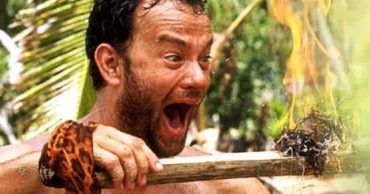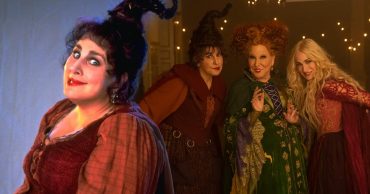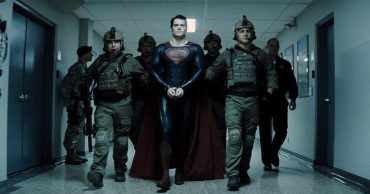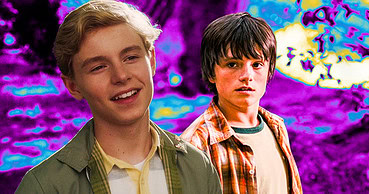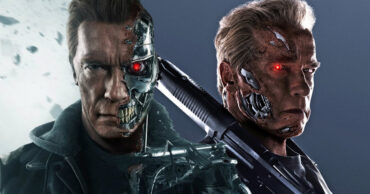Michael Mann‘s Heat hit movie theaters in 1995 and quickly became a smash hit. Today, it is widely considered to be one of the best crime movies ever made. With Mann’s masterful storytelling and one of the most star-studded casts in cinema history, it’s easy to see why this film has endured such a lasting legacy.
In 2022, Michael Mann continued the story of Heat with his novel Heat 2, which he plans on turning into a movie. The book – which shifts between time periods, serving as a sequel and a prequel – topped the bestsellers list. So, it’s safe to say that Heat is very much still in the minds of moviegoers across the globe. However, as iconic as this movie may be, there is a shocking story at play that you may not be aware of. Here’s how Heat inspired a real-life crime.
Exploring Heat: A Monumental Moment in Cinema History
Al Pacino and Robert De Niro are two legendary actors who frequently fall into the greatest actors of all time debate. The two Oscar-winners came up in Hollywood around the same time. Pacino broke out to the mainstream with The Godfather and Serpico, whereas De Niro captured the attention of audiences and critics with movies like Mean Streets and Taxi Driver. For decades, fans of cinema had eagerly anticipated the moment the two would finally share the screen together. Although both starred in Francis Ford Coppola‘s The Godfather Part II, their paths never crossed on screen, as De Niro portrayed a young Vito Corleone, while Pacino brought to life his son, Michael Corleone, meaning they never interacted in the film. This anticipation finally culminated in 1995 with the release of Heat.
Their on-screen clash was a masterful showcase of talent, featuring an unforgettable face-off in a diner scene that showcased their expertise in portraying deeply complex characters. The simple yet raw dialogue-focused scene was shot with only three cameras and has since gone down as one of the most iconic film segments of all time. It has earned its place as a masterclass in acting, renowned for its simplicity and subtlety. In this moment, Robert De Niro and Al Pacino engage in a tense yet quiet conversation, which allows for an exploration of their characters’ psychological depths without the need for excessive dramatics.
The Lasting Impact of “Heat” on Crime Culture and Cinematic Storytelling
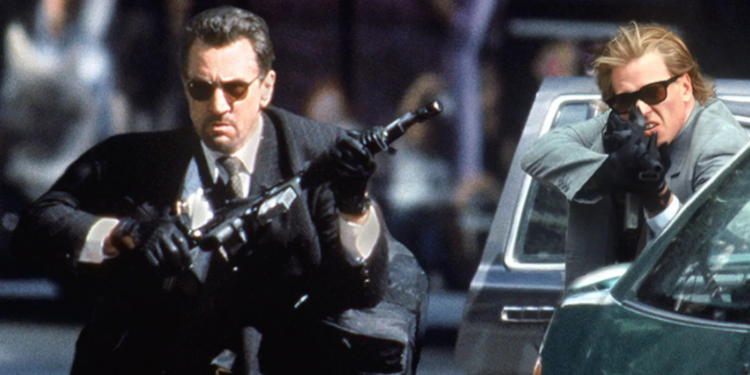
As well as pairing together the two titans that are Pacino and De Niro, Heat boasted a stellar supporting cast, including Val Kilmer, Jon Voight, Hank Azaria, Tom Sizemore, and Natalie Portman. The plot follows a tight-knit group of professional thieves, led by Neil McCauley (De Niro), who come up against the LAPD when they unknowingly leave a clue at their latest heist. Now, they must decide whether to bail or take the heat and go for one last score. When they decide on the latter, they are relentlessly pursued by the brilliantly obsessed Detective Vincent Hanna (Pacino).
Heat grossed $187 million worldwide against a budget of $60 million. It was also met with a string of positive reviews. However, it was bizarrely not nominated for a single Academy Award. Despite this, it continues to grow in its iconic legacy with each passing year. Its blend of slow-burn drama and moments of chaos and mayhem paved the way for many heist movies thereafter. Its impact can be felt in movies like The Dark Knight, where director Christopher Nolan took inspiration from the legendary bank robbery scene for his own sequence of the same nature. Yet, the movie didn’t just inspire budding filmmakers, it also galvanized criminals into action.
From Screen to Reality: How “Heat” Inspired Actual Criminal Behavior
Outside of the iconic diner scene, Heat‘s next shining moment was the meticulously-crafted shootout scene, which finally saw McCauley and Hanna go toe-to-toe. As Hanna pursues McCauley and his crew, an all-out bloodbath rages on the streets of LA. The gunshots roar and the film’s ominous soundtrack is cut to create an extra level of tension. This bold artistic choice truly thrusts the viewer right into the carnage in a raw and terrifying way. It is this scene that inspired a real-life crime.
The North Hollywood Shootout on February 28, 1997, stands as one of the most harrowing and intense confrontations in American law enforcement history. After executing a meticulously planned bank robbery at a Bank of America branch, armed robbers Larry Phillips Jr. and Emil Mătăsăreanu found themselves facing off against the Los Angeles Police Department as they attempted to escape. Heavily armed and equipped with military-style weaponry, the duo engaged the police in a staggering 44-minute battle that resulted in a prolonged and chaotic exchange of gunfire, injuring dozens and claiming the lives of both suspects.
Adding an eerie layer of coincidence to the tragedy, a copy of Heat was discovered in Phillips’ home, suggesting that the cinematic portrayal of heists and shootouts may have influenced their deadly actions. Michael Mann provided some insight into the incident during an interview on The Director’s Chair. He recounted that the LAPD had informed him that the criminals were motivated by Heat and had “just about worn out the video cassette.”
Read Next: Neil McCauley: The True Story Behind Robert De Niro’s ‘Heat’ Character
 Follow Us
Follow Us
